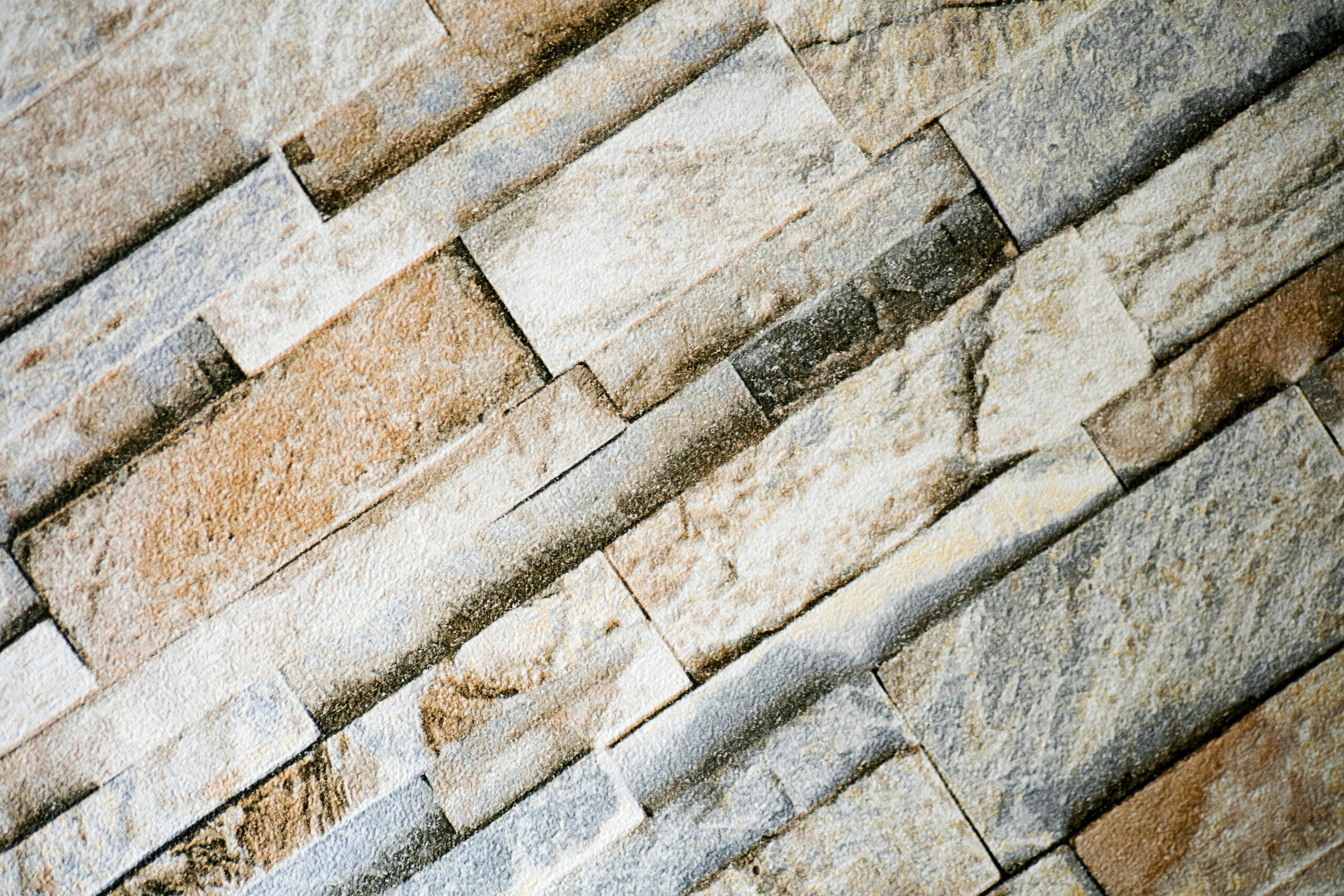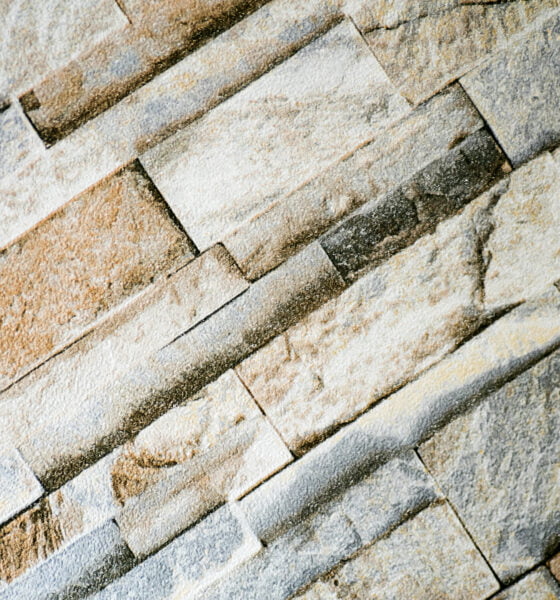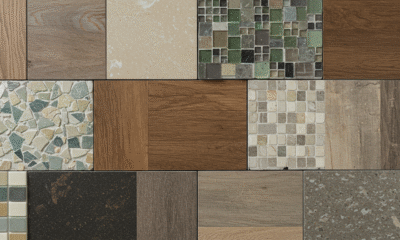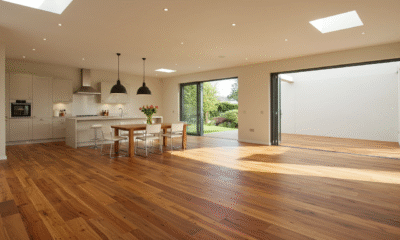

Features
What Are the Most Eco-Friendly Flooring Materials?
More and more people are trying to make sustainability a priority in their daily lives. One of the most important ways that you can try to live a greener lifestyle is by using green building materials for your home improvement projects.
This is especially important if you are trying to remodel your home. We have an article on eco-friendly flooring tips, but wanted to go into more detail on choosing the right building materials.
When it comes to choosing flooring for your home, eco-friendliness is an increasingly important factor for many homeowners. With a myriad of options available, it’s essential to know which flooring types are truly sustainable. In this guide, we’ll delve into the eco-friendly credentials of three popular choices: solid wood flooring, engineered wood flooring, and wood-effect vinyl flooring.
Solid Wood Flooring: Timeless and Natural
Solid wood flooring is a classic choice that exudes warmth and natural beauty. Made from a single piece of timber, it can be sanded and refinished multiple times, giving it an incredibly long lifespan. One of the key advantages of solid wood flooring is that wood is a renewable resource, especially when sourced from sustainably managed forests. Look for certifications like FSC (Forest Stewardship Council) to ensure your wood is harvested responsibly. Moreover, the durability of solid wood flooring means it won’t need to be replaced as often as other types of flooring, reducing waste.
However, the production of solid wood flooring can be resource-intensive, involving significant energy for cutting, drying, and transporting the timber. Unsustainable logging practices can lead to deforestation, which is detrimental to the environment. It’s crucial to weigh these factors when considering solid wood flooring for an eco-friendly home.
Engineered Wood Flooring: The Best of Both Worlds
Engineered wood flooring consists of a real wood veneer bonded to a plywood or high-density fibreboard (HDF) core. This design gives it the appearance of solid wood while offering increased stability and resistance to moisture. One of the major benefits of engineered wood is its efficient use of resources. The thin veneer layer means less timber is used compared to solid wood flooring, making it a more resource-efficient option. Additionally, engineered wood is less prone to warping and swelling, making it suitable for a variety of environments, including basements and kitchens.
On the downside, engineered wood can only be refinished a few times due to the thinner top layer. Some products also use adhesives that can emit volatile organic compounds (VOCs), which are harmful to indoor air quality. It’s important to select high-quality engineered wood flooring with low-VOC adhesives to mitigate these concerns.
Wood-Effect Vinyl Flooring: Stylish and Practical
Wood-effect vinyl flooring, also known as luxury vinyl plank (LVP florring) or luxury vinyl tile (LVT), has gained popularity for its realistic appearance and practical benefits. Vinyl flooring is incredibly durable and requires minimal maintenance, making it a long-lasting option that reduces the need for frequent replacements. Some modern vinyl flooring products are made with recycled materials and can be recycled again at the end of their life, reducing landfill waste.
However, traditional vinyl flooring is made from polyvinyl chloride (PVC), which is derived from petroleum and has significant environmental impacts. Additionally, older or lower-quality vinyl products can emit harmful chemicals, though many manufacturers now offer low-VOC options to address this issue. When considering wood-effect vinyl flooring, it’s essential to choose products from reputable manufacturers that prioritise sustainability and low emissions.
Making the Eco-Friendly Choice
When selecting eco-friendly flooring, it’s essential to consider not only the materials used but also the manufacturing processes and the product’s lifespan. Certifications such as FSC for wood and FloorScore for vinyl indicate that the product meets rigorous environmental and health standards. Choosing flooring that will last and can be refinished or repurposed rather than replaced is another key factor in making an eco-friendly choice. Supporting companies committed to sustainable practices, from sourcing raw materials to end-of-life recycling options, can make a significant difference.
By considering these factors, you can choose flooring that not only enhances the beauty and functionality of your home but also supports a healthier planet. Happy flooring!


 Environment10 months ago
Environment10 months agoAre Polymer Banknotes: an Eco-Friendly Trend or a Groundswell?

 Environment11 months ago
Environment11 months agoEco-Friendly Home Improvements: Top 7 Upgrades for 2025

 Features9 months ago
Features9 months agoEco-Friendly Cryptocurrencies: Sustainable Investment Choices

 Features10 months ago
Features10 months agoEco-Friendly Crypto Traders Must Find the Right Exchange




























